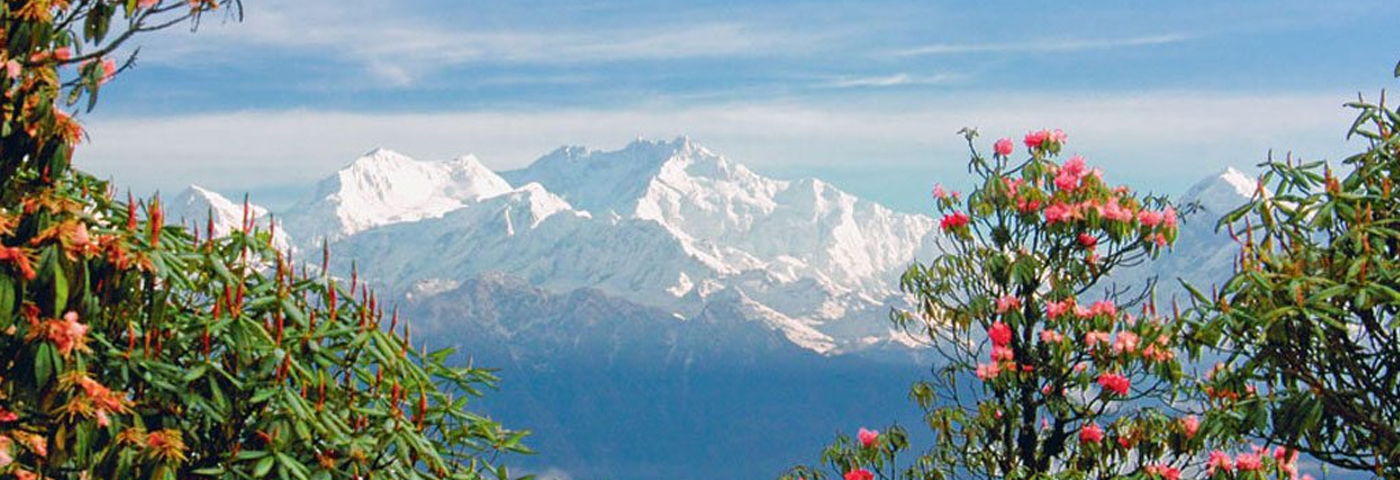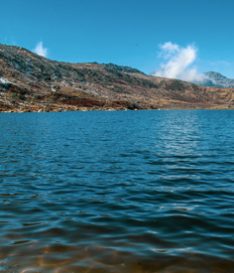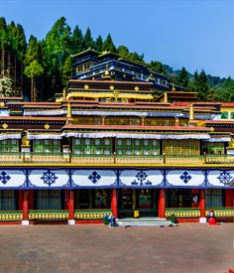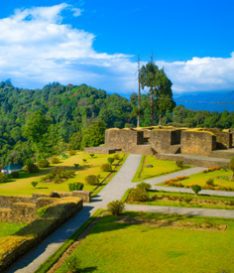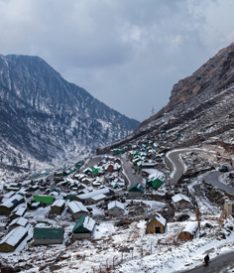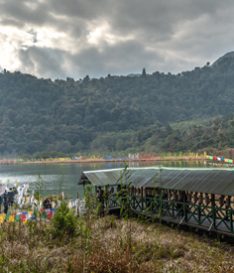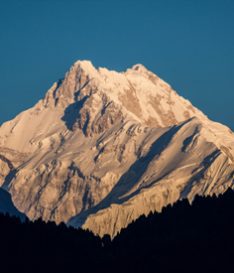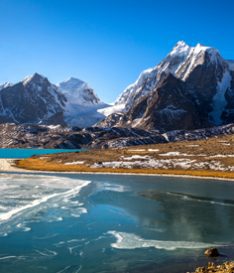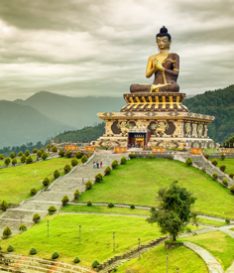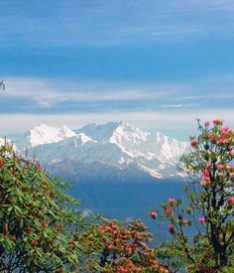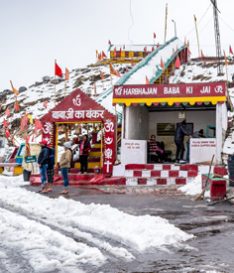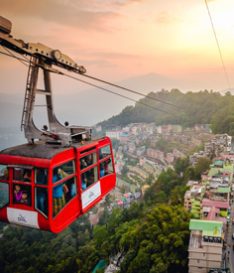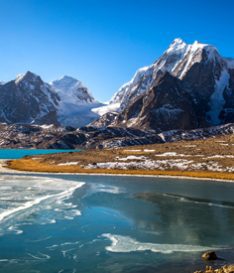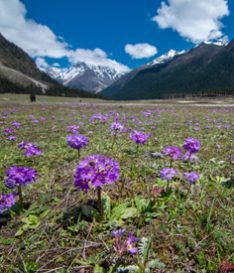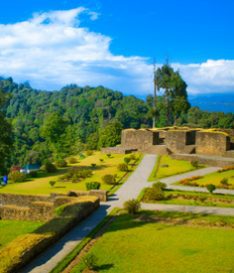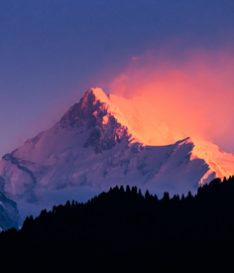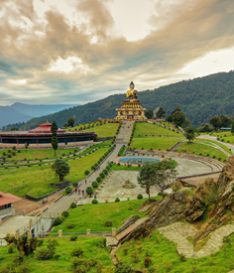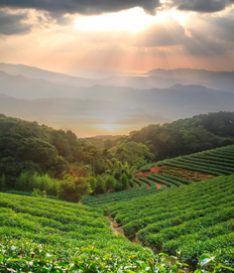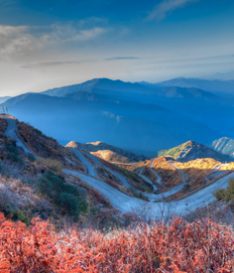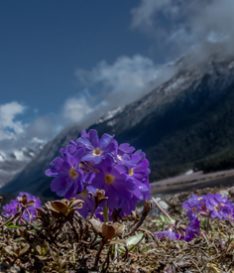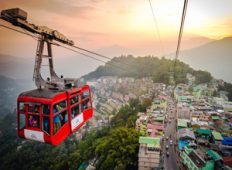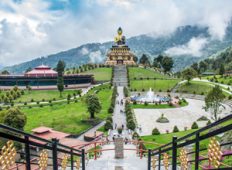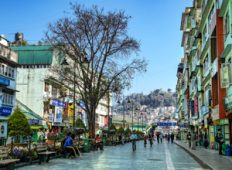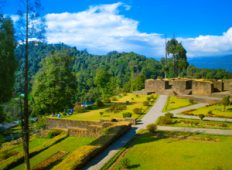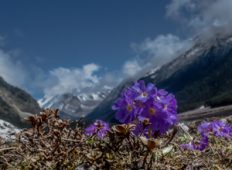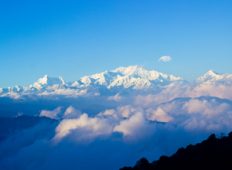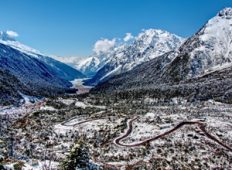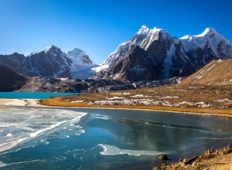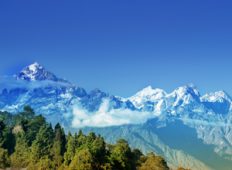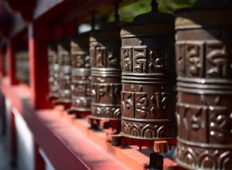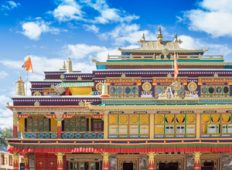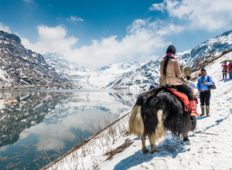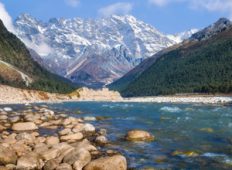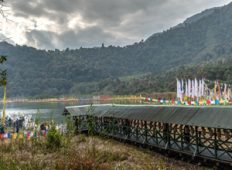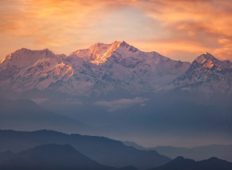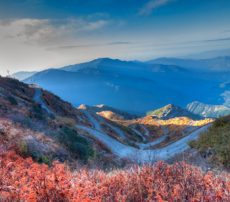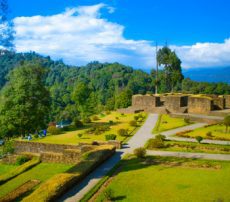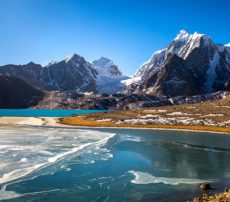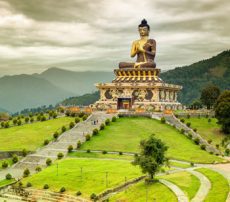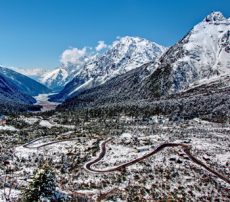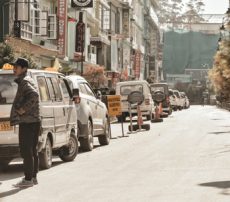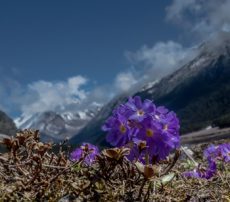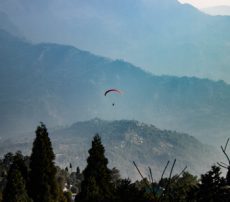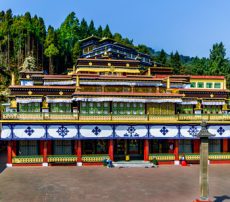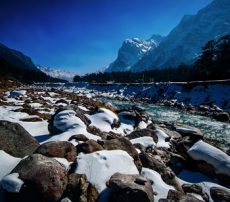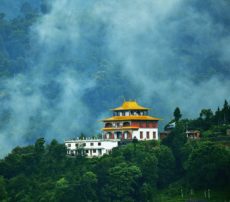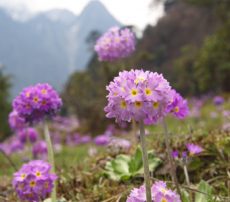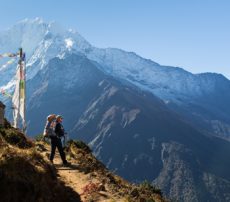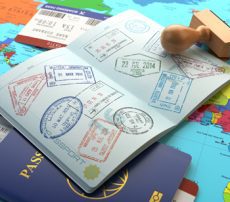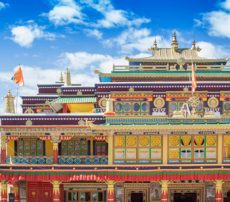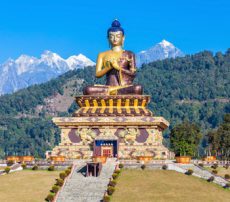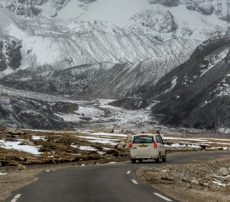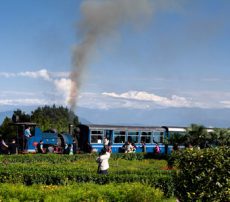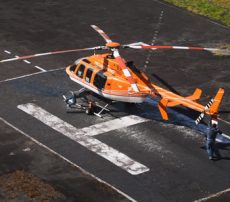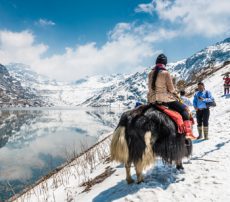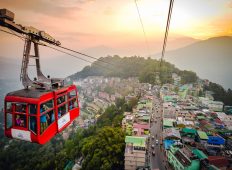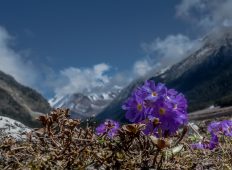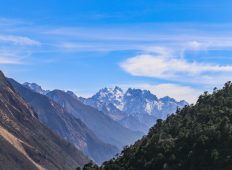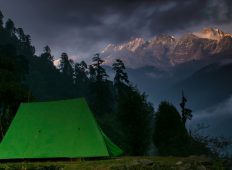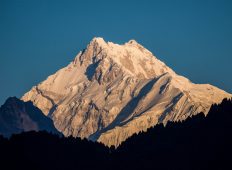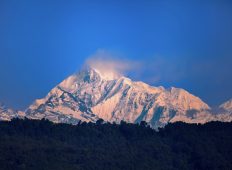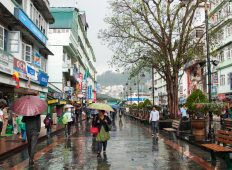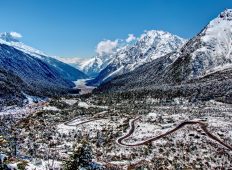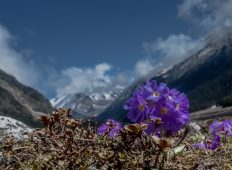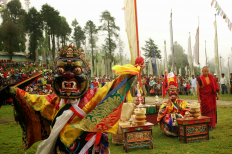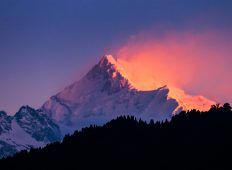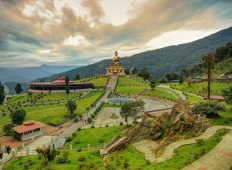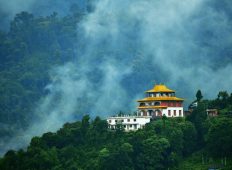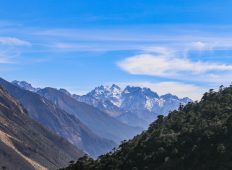BARSEY RHODODENDRON SANCTUARY
Why Should I Visit
A trek through the Barsey Rhododendron Sanctuary in spring is like experiencing a slice of paradise itself. Entire hills covered in hues of bright pink and deep red against the sapphire-blue spring skies and the snow-covered peaks of the Kanchendzonga make for quite a visual treat. The fragrant mountains echo with dozens of bird-calls.
Nestled between the Kanchendzonga Biosphere Reserve on its north and the Singalila National Park on its South, the sanctuary—a protected area—stretches over an area of about 104 sq km on the Singalila range of the Eastern Himalayas in West Sikkim. So gorgeous does the Barsey Rhododendron Sanctuary look that the revered British botanist, Joseph Dalton Hooker, gave these blooming rhododendrons the sole credit for the glory of the entire Singalila range when he visited it in the 1800s. Ranging from an altitude of about 7000 to 14000 feet, the flora of the sanctuary ranges from broadleaf and coniferous forests to alpine meadows.
How To Get There
The trek through Barsey Rhododendron Sanctuary can be approached from a number of entry points ranging from Dentang, Soreng and Hilley. The small town of Hilley in West Sikkim however, is preferred out of the three owing to its proximity to a motorable road. There are taxis available from Gangtok to Hilley which is roughly 130 km away. If not you can take a taxi to Uttarey and walkThe trek begins at the Hilley gate and continues for 4 km from Sombaria to Barsey, the first camp site. Though most tourists choose to end the trek at Barsey, passionate trekkers who want to carry on need to hire a local guide who is familiar with the area and arrange for camping provisions as well as porters. The next stretch is a mix of treks both uphill and downhill. You will pass plenty of wide open meadows that offer extensive views of the surrounding mountains as well as numerous little mountain streams.
When Should I Land Up
The best time to visit the Barsey Rhododendron Sanctuary is between the months of April and May when the famed rhododendron trees are in full bloom. However, trekking between the months of September to October is equally good if not better. You might not see the rhododendrons in full bloom but the clear blue skies with uninterrupted views of the Kanchendzonga throughout the route makes it worth your while.
The Finer Details
The 104 sq km area around Barsey was declared a protected sanctuary in 1996. Teeming with flora and fauna of numerous varieties, the star attraction of the sanctuary however, is the rhododendron. Out of the total 1000 or so varieties of this evergreen tree, 600 alone can be found at Barsey. Some of the most commonly found are cinnabarinum, arboreum, camelliflorum, vaccinioides, anthopogon, pendulum, edgeworthii, etc. Besides a variety of shrubs, the vegetation in Barsey is also dotted with oaks, bamboos, primulas, pine and magnolias.
The sanctuary is also home to several species of animals including the elusive red panda, the Himalayan black bear, leopards, palm civet, serow, crestless porcupine, Chinese pangolin, Assamese macaque and birds such as yellow-throated marten, crimson-horned pheasant and woodpeckers.
Travel Tips
A nominal entry fee is charged per individual. Extra charges apply for cameras. You will need to get a permit from Wildlife Division of the forest Department in Sikkim. Don’t disturb the wildlife and do bring back your garbage. Avoid using kerosene or any other polluting fuels. Carry enough cash for you won’t find any ATMs on the way. Follow the code of conducted laid down by the sanctuary authorities.
Carry extra clothes, socks, sunglasses and a sunscreen with high SPF. Don’t forget to carry a raincoat since the hills around this region are prone to sudden showers.
Get Instant Call Back
Why Choose us ?
What makes us diffrent from other tour package companies

